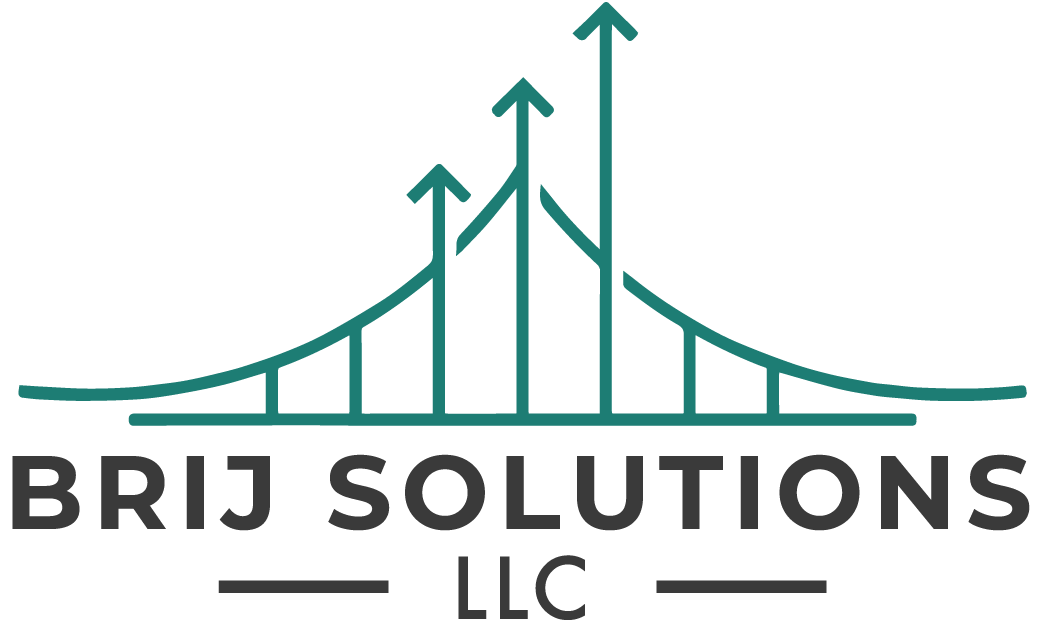Our minds are meaning-making machines. It’s naturally wired into us. And while that meaning-making usually helps us understand the world around us better, sometimes it misfires, causing us a bunch of stress we REALLY don’t need in our lives.
I’m talking about our tendency to take things personally.
This is such an easy route to go. It can be so easy to list “logical” reasons why someone didn’t text back, call back, write back or say what you expected or wanted them to say. And it’s fascinating how many of us assume those reasons are about something we did, didn’t do, said or didn’t say…we rarely consider reasons that have nothing to do with us!
When you catch yourself starting to take something personally, ask yourself this: Can I know, without a shadow of a doubt, that what I’m thinking is true?
Because in this post, I’m focusing on teaching you the 7 steps on how to stop taking things personally when odds are high that they aren’t directed at you personally.
1. Don’t Get Critical, Get Curious Without Taking it Personally
You know the strategy of getting curious vs. getting critical https://www.instagram.com/p/CtRecDFArkv/?
This is what you should do when you feel yourself starting to make assumptions.
It works because it challenges your immediate assumptions about the situation you’re facing. Next time you catch your heart rate rising and feel yourself getting upset, take a minute to unpack your emotions and realize which facts about the situation you know and which parts of the story you are assuming.
2. Reframe Your Perspective
If a person is rude to you, rephrase it as “a person said something I interpreted as rude.” Sure, you can come up with reasons why others would agree with your interpretation, but what if you didn’t need to be right about your interpretation? What if you didn’t try to validate why the situation was intended as a personal attack on you?
- Could the person have a demeanor reminiscent of someone you dislike?
- Could they be preoccupied with matters you know nothing about?
- Might they have experienced mistreatment from loved ones or been influenced by blunt family and friends?
- Could they simply disagree with the message they ‘had’ to convey?
- Or, perhaps they’re acting out of character due to an external factor?
As you explore these alternative scenarios without personalizing them, your perspective widens, allowing you to understand why you’ve interpreted the situation as a personal attack. We all possess unique experiences, beliefs, values, insecurities, and needs. And, others’ actions come from their unique position, not yours. Recognizing this can help you move beyond taking things personally.
Interestingly, people often make inaccurate assumptions about why others say or do things. Strangely, we tend to be more lenient when explaining our own behavior. For instance, when you forget to text a friend back, it’s because you’re busy. However, when your friend forgets to respond, you might assume it’s because they’re upset with you or something you said.
But isn’t it more reasonable to assume they’re busy too?
3. Assume Positive Intent
If there’s no clear evidence for someone’s rudeness, avoid getting trapped in negative assumptions. Instead, make an effort to assume positive intent.
Have you ever been accused of rudeness when it wasn’t your intention? Or perhaps someone thought you didn’t care, yet you were engrossed in something urgent? Maybe someone accused you of not listening, but your focus was elsewhere. How often have you intended to do something but unintentionally forgot?
As you practice assuming positive intent, it will become a natural habit. This habit lays the foundation for attracting the kinds of people and situations you want in your life. With a positive intent mindset, you’ll find it easier to express your thoughts authentically.
So, when you start feeling judgmental, reactive, and prone to taking things personally, what can you do?
4. Understand Your Emotions…Don’t Judge The Emotions
Once you’ve acknowledged your assumptions, pay close attention to what your emotions are trying to convey. Are they pointing you toward something you desire but don’t yet have, or perhaps something you possess but wish you didn’t?
This curiosity isn’t aimed at rationalizing why you shouldn’t feel a certain way; rather, it’s intended to help you comprehend the underlying reasons for your emotions. Furthermore, it’s about embracing these feelings. Surprisingly, the best way to let go of them is to accept them. Resistance may temporarily bury them, but they’ll resurface, often even stronger, if you don’t allow yourself to experience them fully.
Let’s look at another example: your friend didn’t text back and you question if it’s how you said something. It’s important to recognize this feeling and understand that you’ve triggered it, not the other person. If you were at ease with your actions, you’d feel comfortable following up. If not, consider exploring what’s causing your insecurity in the relationship. Is it a reflection of how you perceive your role as a friend, or are there underlying concerns?
Similarly, if a client doesn’t respond, and you feel hesitant to follow up, take a moment to examine the emotions surfacing. Are you doubting your abilities as a service provider? If so, why? Is there room for skill improvement, or are you battling imposter syndrome? Is it a sense of ‘needing’ the client rather than believing you can serve them effectively?
Through this introspection, you might uncover evidence supporting alternative scenarios. Gathering more information can provide clarity on your next steps, even if it means making necessary changes. Even if you don’t find explicit evidence to support your assumptions, you’ll realize your original assumptions lack substantial backing, making them less influential.
Once you’ve regained your composure and stepped off the treadmill of worst-case assumptions, here’s how to proceed:
5. Practice Mindfulness Strategies
First → Stop. Breathe. Ground yourself. Refocus. Let go of judgments as you remind yourself that you see the world from your view and other people often see it from a different view.
Second → Create an objective headspace. These strategies help you detach from the interaction’s emotional charge and the narratives you attach to it. It’s like ‘zooming out’ from the situation, moving beyond mere stimulus and response.
As Victor Frankl wisely noted, ‘Between stimulus and response, there is a space. In that space lies our freedom and power to choose our responses. In our response lies our growth and our freedom.’ Recognize this space between action and your response; it’s where you own the power to choose your reaction.
Become attuned to this space. Often, we operate on autopilot, unaware of its existence. By acknowledging it, you can better understand yourself, your triggers, and your automatic reactions. This self-awareness is the foundation for managing your responses effectively.
6. Show Compassion…Not Just for Others, but For Yourself!
As you do this, you might notice you become more compassionate toward yourself. You see the connections between your experiences and your reactions, opening a pathway to recognize connections between others’ experiences and their reactions, even when you don’t know the details of their experiences. This practice encourages you to view others with the same compassion you should extend to yourself, fostering curiosity rather than criticism of their behaviors.
From this perspective, you have a few options, but the core principle is accepting your feelings without judgment. The sooner you apply this compassion, the quicker you can move forward. Here are two approaches:
- Let It Be: Accept that the interaction is in the past, and dwelling on it won’t change anything. Embrace whatever is bothering you without judgment. You may be surprised at how much easier it is to move forward once you genuinely accept your feelings.
- Address It: If something still troubles you, consider addressing the issue through a conversation. Sometimes, it’s necessary to discuss how someone’s actions made you feel and ‘clear the air.’ Approach this conversation with curiosity, not accusations, AND be open to hearing their perspective. This sets the stage for a productive dialogue where understanding can be achieved.
But what if you can’t have those conversations? Maybe the perceived slight came from a stranger, or happened in traffic, or it just isn’t the right time and place to have that kind of talk?
7. Remember, You’re Always in Control
No matter what, you’re in the driver’s seat here. Nobody else can change your reactions—only you can do that. Cut the negative self-talk and remind yourself that your reality is based wholly on your own perception, and you have the power to change your perception. Here are a few of my favorite mantras for focusing my perspective and not taking things personally:
- I am in control of my reactions
- Not everything is about me
- I let go of what I cannot control
- I am above the drama
- Their thoughts are not my responsibility
- I learn and evolve from every experience
- Emotions are teachers; I am the student
When you Stop Taking Things Personally, you Give yourself the Gift of Freedom
Whether you use mantras, breathing exercises, self-talk or another strategy, the point is to stop seeking external validation and focus on your own internal growth. Trying to get validation from the people around you is a losing gambit—they don’t know your life like you do; they’ve got egos too and just like you, they’re navigating the world with the tools they’ve got. Keep this in mind as you train yourself to stop taking things personally and aim to understand your experiences more clearly.


